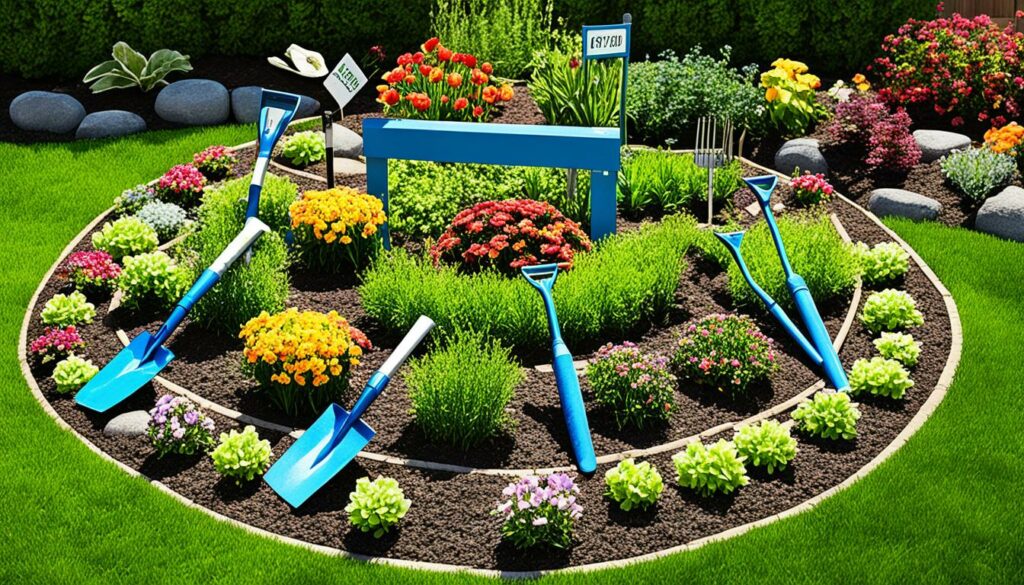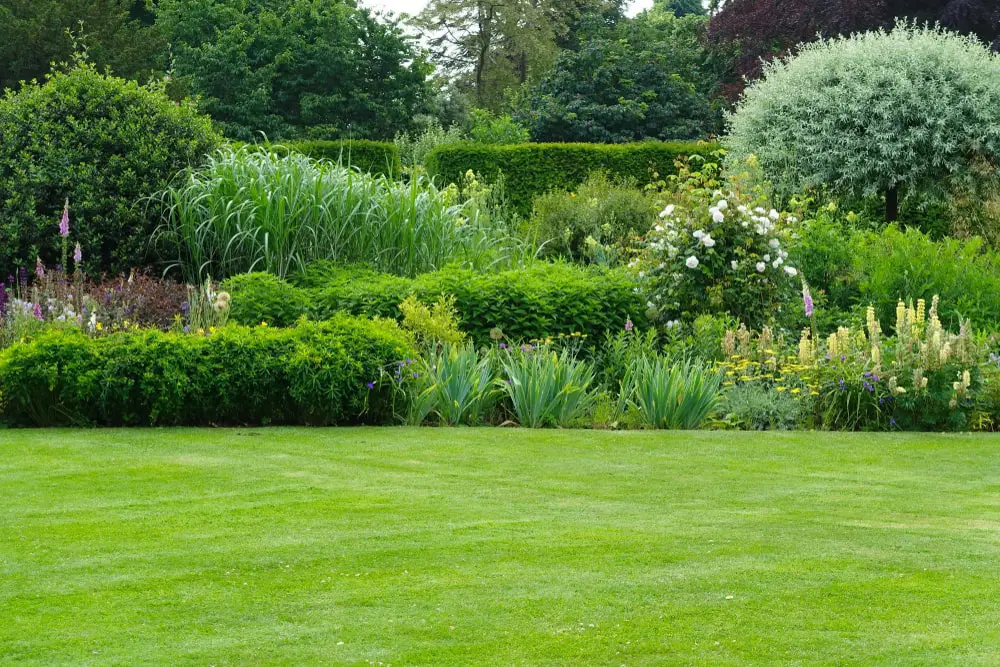The Value of Comprehending Different Kinds Of Landscaping for Your Yard
Recognizing the numerous kinds of landscape design is an essential component in crafting a yard that not just mirrors individual taste however likewise satisfies environmental requirements. Each landscaping style-- be it formal, cottage, sustainable, or urban-- provides distinct benefits that can dramatically affect the total health and wellness and looks of your outside space.
Benefits of Landscape Design Understanding
Comprehending the fundamentals of landscape design uses various advantages for both amateur and knowledgeable gardeners alike. A solid understanding of landscaping concepts allows individuals to develop useful and aesthetically attractive outdoor rooms that align with their individual preferences and the specific features of their gardens.
One substantial benefit is improved ecological health. Expertise of native plants and lasting practices allows garden enthusiasts to cultivate ecological communities that promote biodiversity while minimizing the requirement for chemical plant foods and pesticides. In addition, understanding dirt types and drain can lead to healthier plant development and decreased disintegration.
Landscaping expertise also improves the aesthetic worth of a building. By discovering style components such as range, shade, and texture, garden enthusiasts can develop cohesive and welcoming landscapes that enhance aesthetic appeal. This not only raises individual satisfaction but can likewise improve residential or commercial property worth.
Furthermore, notified gardeners can conserve time and sources. Identifying the right plants for specific conditions, such as light and moisture levels, makes sure that initiatives are not thrown away on unsuitable selections. Ultimately, an extensive understanding of landscaping equips individuals to make educated decisions, promoting a much more satisfying horticulture experience.
Introduction of Landscape Design Kinds
Landscape design includes a range of designs and techniques, each tailored to meet the distinct needs and preferences of garden enthusiasts. Recognizing these varied kinds is critical for developing an outside area that lines up with ecological considerations and individual preferences.
One preferred type is conventional landscaping, identified by organized designs, well-defined flowerbeds, and making use of balanced plantings. This style frequently emphasizes a feeling of order and harmony within the garden - Commercial Landscaping. In contrast, naturalistic landscaping concentrates on simulating the charm of nature, utilizing organic kinds and native plants to produce a more relaxed and casual environment
Lasting landscape design has obtained traction, promoting eco-friendly techniques that save water and decrease chemical usage. This technique typically incorporates xeriscaping, which makes use of drought-resistant plants appropriate for dry climates. In addition, metropolitan landscaping addresses the obstacles of limited room in city atmospheres, frequently making use of vertical yards and roof spaces to maximize greenery.
Official Landscaping Clarified
Defined by its thorough design and organized components, official landscaping develops an ambience of beauty and class in outdoor spaces. This style emphasizes symmetry, geometric shapes, and well-defined lines, usually integrating polished bushes, topiaries, and orderly flower beds. The overall effect is a polished and refined environment that accentuates architectural features and enhances the elegance of read what he said the surrounding landscape.
In formal landscape design, paths are normally straight and might be lined with uniform products such as block or rock. These paths often bring about focal factors such as fountains, statuaries, or decorative trees, further improving the organized nature of the style. Color schemes tend to be much more restricted, concentrating on harmonious mixes that promote a tranquil environment.
Water features in official landscapes are typically developed with accuracy, frequently looking like circular or rectangular pools. The mindful placement of plants is important, with species selected for their capacity to preserve a clean appearance throughout the periods. Generally, formal landscape design is perfect for those who appreciate order and beauty, giving a classic visual that can significantly elevate the value and appeal of outdoor spaces.
Cottage Garden Characteristics
Cottage gardens typically evoke a sense of beauty and fancifulness, mixing a selection of plants in a relatively slipshod yet harmonious setup. Identified by their lush, informal layout, these gardens usually feature an eclectic mix of flowering perennials, annuals, natural herbs, and vegetables. This varied growing not just produces visual interest but also brings in useful bugs and promotes a balanced community.
An essential attribute of cottage gardens is their use standard products and structures. Stone pathways, rustic fencing, and wood trellises are generally integrated to improve the garden's enchanting allure. Additionally, the addition of seating locations, such as arbors or benches, encourages relaxation within this peaceful environment.
Color plays a considerable function in home yards, with a focus on soft pastels and vibrant tones that stimulate a sense of nostalgia. Blossoms like roses, hollyhocks, and foxgloves are staples, frequently intermingled with great smelling natural herbs such as lavender and thyme.
Cottage yards reflect an approach of embracing nature's unpredictability, leading to a special and inviting area. By prioritizing biodiversity and visual charm, they create a picturesque setting for both yard lovers and laid-back observers alike.
Sustainable Landscape Design Practices
Integrating sustainable landscape design methods is essential for creating environmentally pleasant gardens that grow while reducing their eco-friendly effect. Landscaping Company. Sustainable landscape design concentrates on the effective use of sources, advertising biodiversity, and enhancing the natural surroundings
One secret method is selecting indigenous plants, which are well-adapted to neighborhood problems and require much less water, plant food, and chemicals. This not only conserves sources yet also sustains regional wildlife, including Full Report pollinators. Applying water-efficient watering systems, such as drip watering or rainwater harvesting, even more saves water while making certain that plants receive adequate wetness.

In addition, lowering grass locations and integrating hardscaping components can reduce upkeep and resource use. These practices promote a more lasting landscape that calls for fewer inputs and provides eco-friendly benefits. By embracing these techniques, gardeners can create spaces that are not just lovely but additionally add positively to the environment, promoting an unified balance in between nature and human task.

Final Thought
In conclusion, a comprehensive understanding of various landscape design types is vital for developing a cosmetically pleasing and environmentally sustainable yard. Eventually, accepting diverse landscaping techniques promotes an unified relationship in between outside rooms and their environments, promoting long-lasting ecological equilibrium.
Understanding the various types of landscape design is an essential element in crafting a garden that not only shows personal preference yet likewise fulfills eco-friendly needs. Each landscaping design-- be it official, cottage, sustainable, or city-- supplies distinct advantages that can significantly influence the general health and aesthetics of your exterior room. In comparison, naturalistic landscape design concentrates on mimicking the beauty of nature, using organic forms and indigenous plants to produce a much more kicked back and informal atmosphere.
In addition, metropolitan landscape design addresses the challenges of limited area in city settings, typically using vertical gardens and rooftop rooms to make best use of plant.
In verdict, click here to find out more an extensive understanding of various landscaping kinds is necessary for developing a visually pleasing and eco sustainable yard. (Landscape)